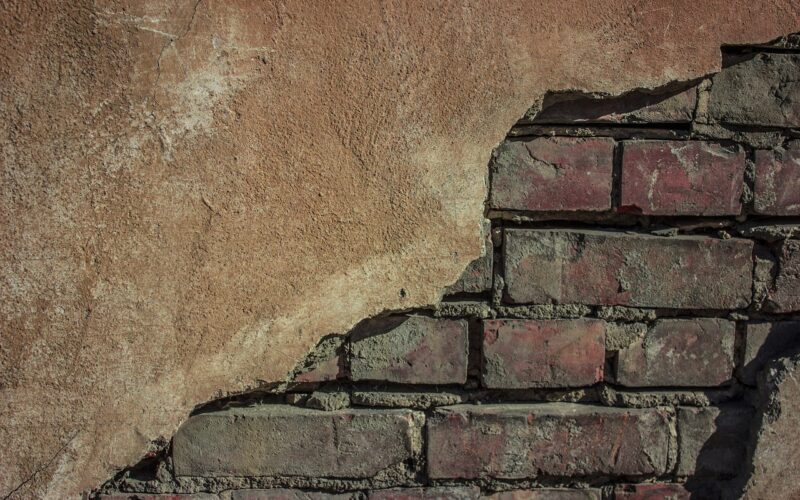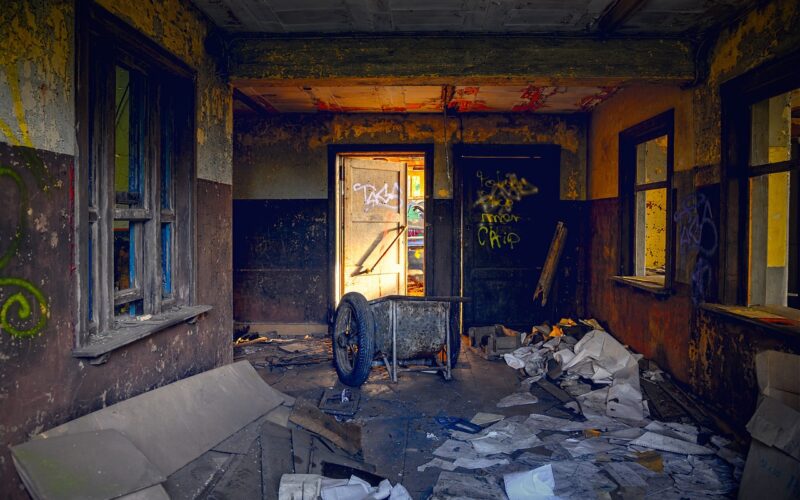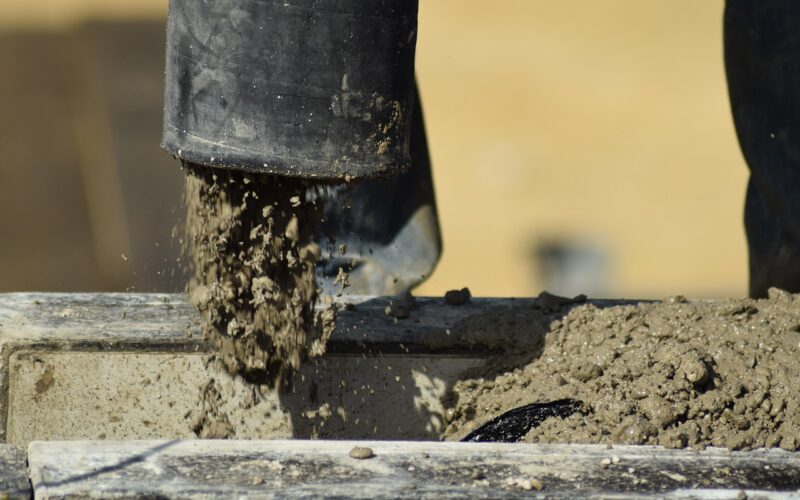Subsidence can be a daunting challenge for homeowners and business owners alike. It can cause damage to your property, disrupt daily life, and lead to expensive repairs. But subsidence doesn't have to mean despair – while it's always best to prevent the issue before it starts, there are several steps you can take once subsidence has already occurred that will get you back on the right track.
What is subsidence
Subsidence is a natural phenomenon that occurs when the ground sinks or settles due to various causes. It is a common problem in areas that are rich in clay soil or areas that have been built on former mining sites. The primary cause of subsidence is the movement of underground water or soil that is unable to support the weight of a building. It can also be caused by vegetation that has been removed excessively, leading to a lack of support for the soil.
Buildings that are affected by subsidence can display visible signs such as cracks in walls or floors. It is essential to address subsidence issues promptly as it can severely affect the structural integrity of buildings and cause harm to the occupants.
Signs of subsidence
Subsidence is a serious issue that can cause damage to a property and potentially cost a fortune to repair. Knowing how to spot the signs of subsidence is crucial so that you can take action before it becomes a major problem. Look out for cracks in walls, especially diagonal ones, doors and windows that stick or won't close properly, and uneven floors.
You might also notice sinking or sloping in the garden, or even trees or poles that seem to be leaning more than usual. If you spot any of these signs, it's important to seek professional advice from a structural engineer or building surveyor. They can assess the severity of the subsidence and recommend the best course of action to prevent further damage.
Surveying and assessing
When it comes to assessing possible subsidence, surveying is an essential process for determining the cause and severity of any ground movement. From identifying cracks in the walls or floor to measuring the levelness of surfaces, there are many tools and techniques available to surveyors to help them piece together the story of any structural shifts.
A comprehensive survey can often reveal the underlying causes of any subsidence, such as soil movement or a leaky water pipe, and provide recommendations for remedial action to prevent further damage. So, whether you're an engineer, architect, or property owner concerned about subsidence, a thorough survey can help to put your mind at ease and provide insights that will help you make informed decisions moving forward.
The mitigation process
For anyone who has experienced subsidence, it can be a daunting and difficult process to know what to do next. There's no doubt that subsidence can cause significant damage and distress to your property, but taking the right steps can make all the difference in mitigating the impact. As soon as you suspect that your home may be affected by subsidence, it's important to seek the advice of professionals who can assess the extent of the damage and provide guidance on how to proceed.
It's crucial that you act quickly and carry out any necessary repairs to prevent the problem from worsening over time. With careful planning and professional support, you can minimise the impact of subsidence and restore your home to its former glory.
Preventative measures
There's no denying that subsidence is a serious issue that can greatly affect your home's foundation. Fortunately, there are preventative measures you can take to protect your home from it. One way is to maintain proper moisture levels in the soil through regular watering during dry periods. Another is to inspect the trees around your home and ensure that their roots aren't interfering with your foundation.
Additionally, fixing any leaks or plumbing issues can prevent water from accumulating in the soil beneath your home. Focusing on these preventative measures can help protect your home and give you peace of mind.























